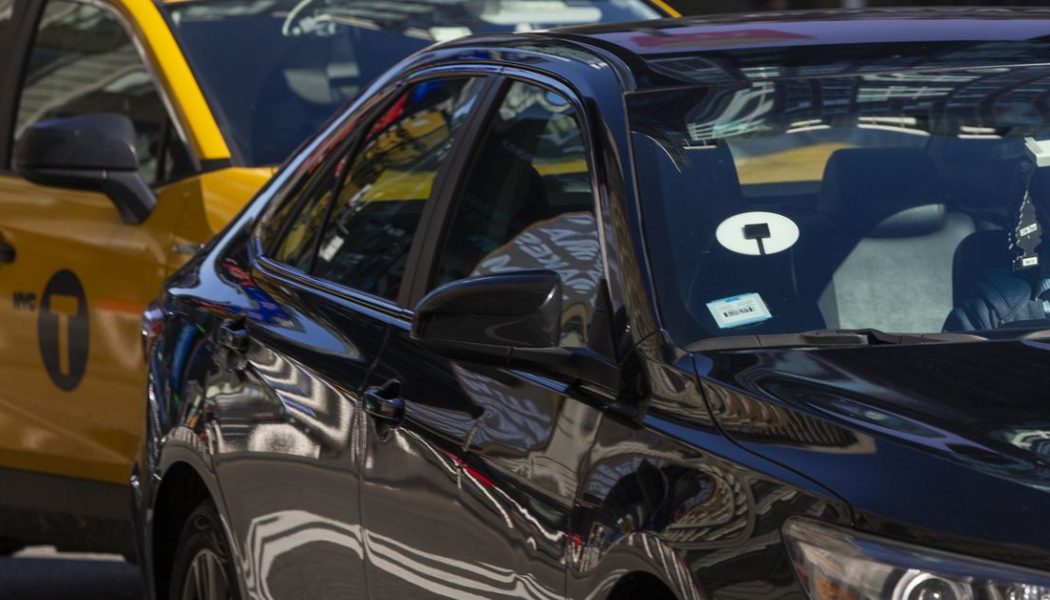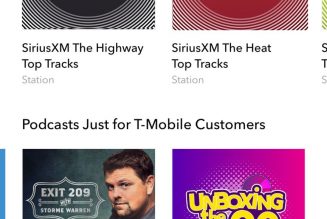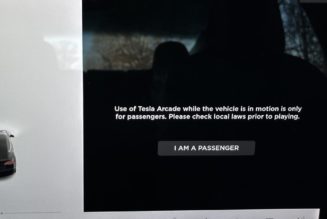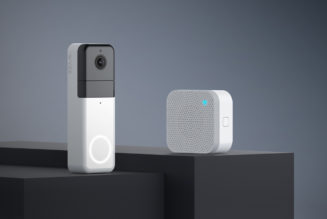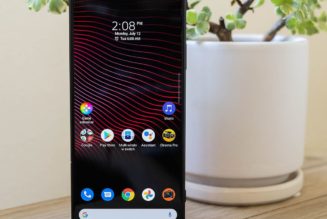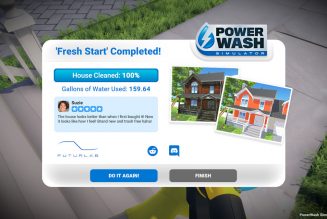
Uber and Lyft have a driver shortage problem. With the number of US-based drivers for both apps down around 40 percent, the two companies are pledging to spend hundreds of millions of dollars to lure people back into the driver seat.
Uber announced Wednesday that it was launching a $250 million “stimulus” for drivers in the hopes of speeding their return to the platform.
“In 2020, many drivers stopped driving because they couldn’t count on getting enough trips to make it worth their time,” Dennis Cinelli, Uber’s vice president for mobility in the US and Canada, wrote in a blog post. “In 2021, there are more riders requesting trips than there are drivers available to give them—making it a great time to be a driver.”
Lyft, meanwhile, is covering the cost of rental cars, offering $800 bonuses to drivers to return to the app, and doling out extra cash to drivers when a trip lasts longer than nine minutes, according to the Financial Times.
The hope is that these incentives can help persuade those drivers who logged off after being discouraged by the lack of riders to eventually come back. A major challenge for this effort, though, is that COVID-19 continues to be a huge drag on Uber’s and Lyft’s respective businesses.
As case numbers spiked over the winter, both companies lost a significant portion of their customer base. People stayed at home, or when they did go out, they opted not to use ride-hailing apps. In the last quarter of 2020, Uber said it had only 93 million “monthly active platform consumers,” its term for users who take at least one ride on Uber or buy at least one meal on Uber Eats — a 16 percent decrease year over year. Meanwhile, Lyft reported a drop in monthly active users of 45 percent, from 22 million in the fourth quarter of 2019 to 12.5 million in 2020.
Uber claims that the demand is “coming back,” though how much we won’t know until the company reports its first earnings report for 2021. It seems logical that as vaccination rates continue to go up, more people will start using Uber and Lyft again. But that will depend on many factors, including offices reopening, leisure activities returning, business travel rebounding, and people starting to return to their daily routines.
According to data from Apptopia, the number of US-based drivers logging into Uber during the first three months of 2021 was down 37.5 percent year over year. Lyft saw a 42.3 percent drop over the same period.
Last year, both companies were focused on reducing costs, and often that meant actively constraining its supply of drivers. In its last earnings report, Lyft said it had to block new drivers from joining the app in some markets, while reducing its spending on marketing and other incentives. “Given the effect on demand, we were able to reduce driver acquisition and incentive spend, which had a positive impact on our financial results,” Lyft CEO Logan Green said in an earnings call.
With wait times increasing in some cities, the companies will now have to reverse course and spend money to encourage drivers to come back to the app.
